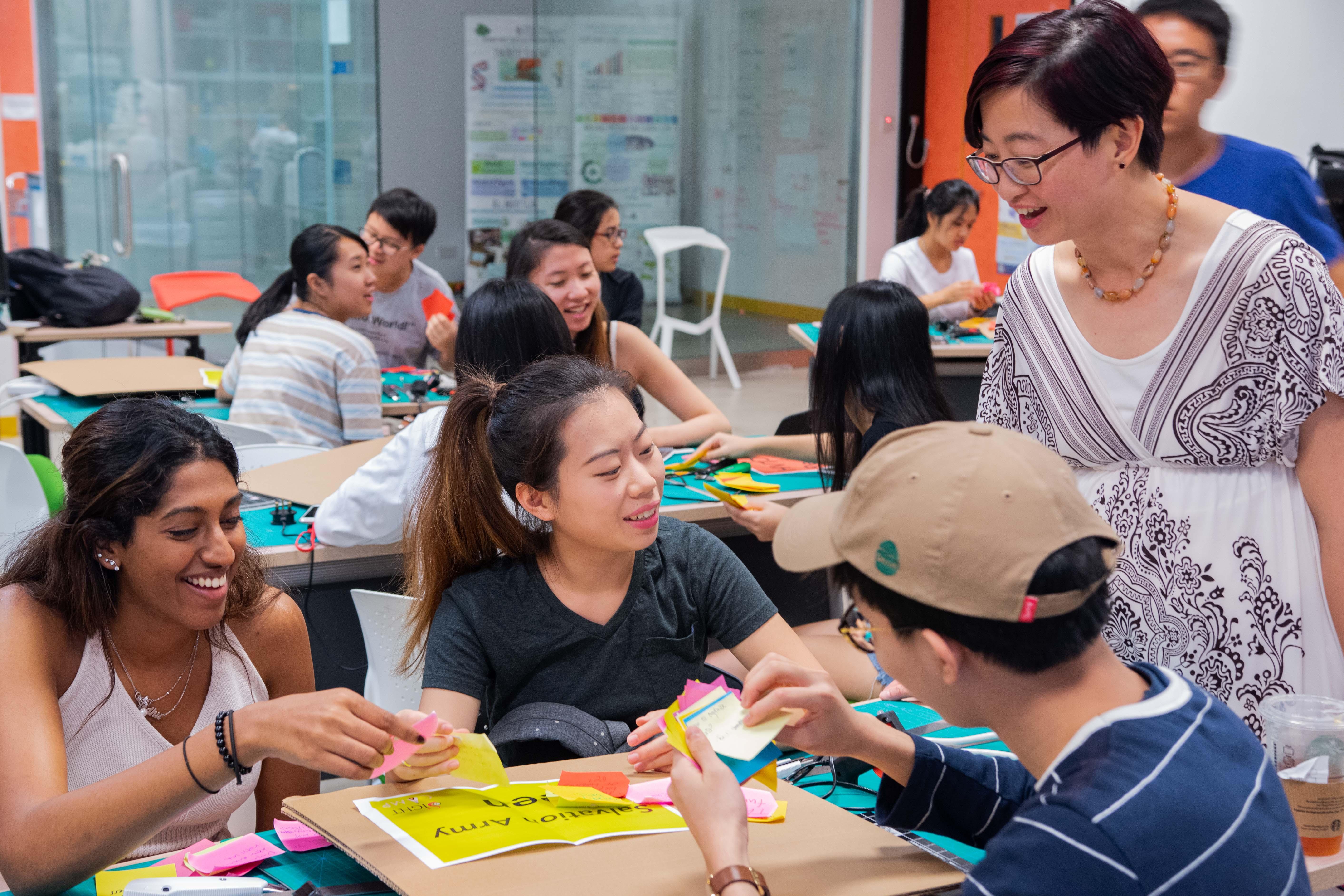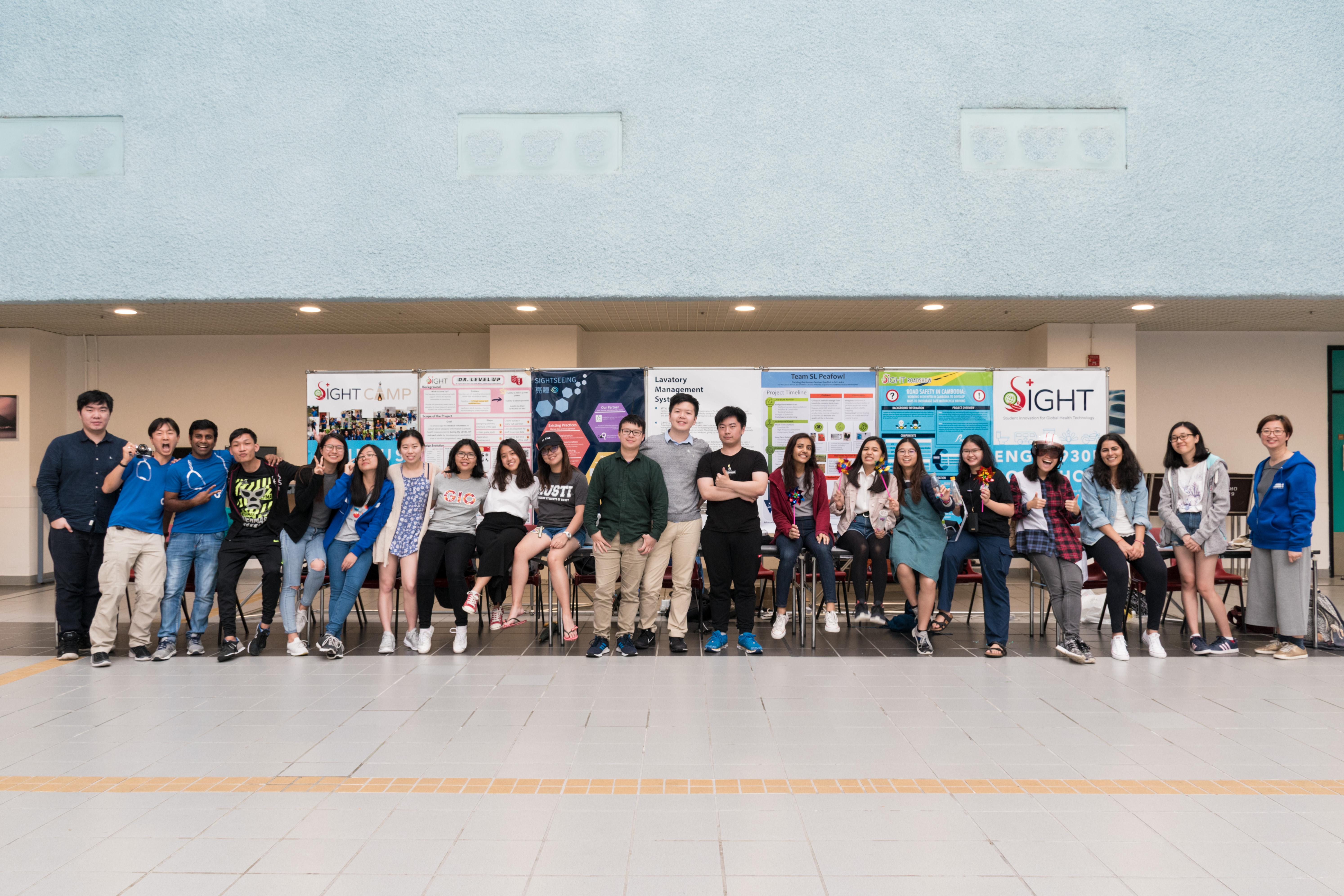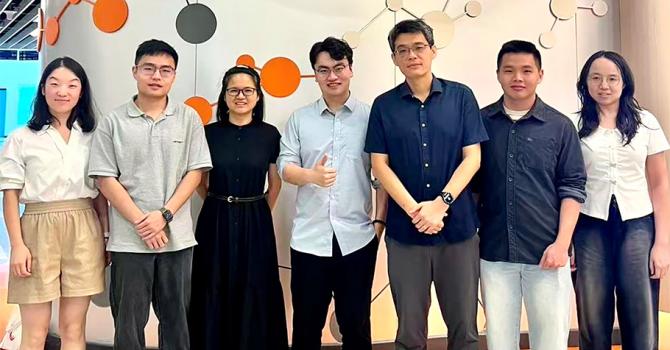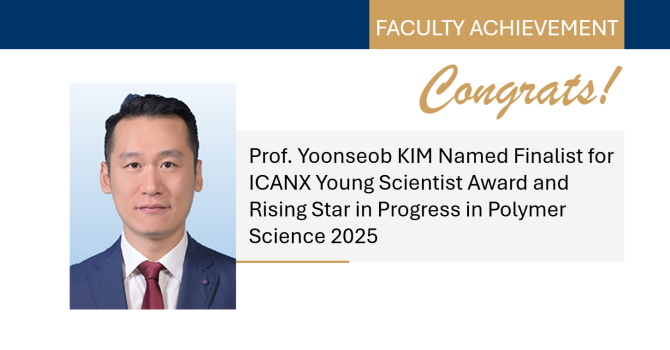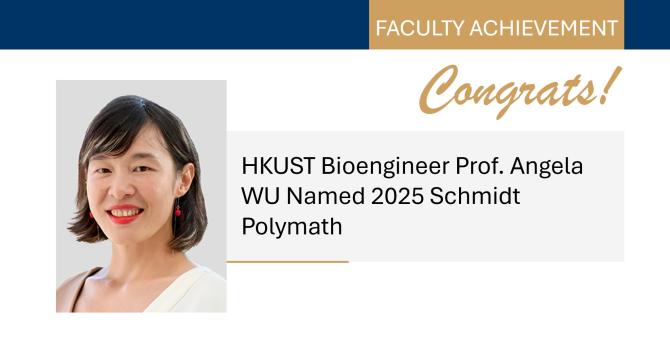Prof. Ying CHAU Sees Lifting Students to Full Potential as Her Calling in Life
While you may have become accustomed to taking a vaccination injection in the arm, imagine the torment of those suffering from diabetic retinopathy or macular degeneration who receive drugs directly in the eye with a tiny, thin needle. This will thankfully change as revolutionary research in drug delivery for eye diseases comes to fruition from the lab of Prof. Ying CHAU, Professor of Chemical and Biological Engineering and Director of Student Innovation for Global Health Technology (SIGHT). An accomplished academic, Prof. Chau’s human-centered approach to nurturing students to their full potential has also brought her the recognition of “Leading Woman in STEM” at the recent 18th Annual Women of Influence (WOI) Conference & Awards organized by the American Chamber of Commerce in Hong Kong (AmCham) and the WOI committee. We learn more about the incredible journey in engineering and mentoring that culminated in this accolade.
“When I completed my PhD in Chemical Engineering at Massachusetts Institute of Technology in 2005, HKUST was a young and promising university. Being the only university in Hong Kong with a chemical engineering department, it had a new opening in my exact area of expertise at that time. Born and raised here, I felt like it was the right move, and was lucky to get the role,” says Prof. Chau, recalling the serendipitous beginning of her academic career.
As an engineer deciding on a research focus, Prof. Chau looked to find a balance between her interests, society’s needs, and what would be of great value for public health. After careful consideration, drug delivery for eye diseases became her research focus as the area had a strong yet unmet demand, offering greater opportunities for breakthroughs. Her research lab has nurtured hundreds of students, with a few being inspired to work under her supervision from undergraduate up to doctoral level. In particular, former students Dr. YU Yu and Dr. Langston SUEN, who researched drug delivery by hydrogel and ultrasound respectively, both creating solutions to avoid the intimidating eye injection procedure, are in the process of translating the laboratory findings for patients’ benefits through their own start-ups.
Global Health Challenge in Focus
The year 2012 saw the introduction of the 3+3+4 new academic structure, which places great emphasis on experiential learning in university education. This fueled Prof. Chau’s spirit of mentorship, resulting in the initiation of the Student Innovation for Global Health Technology (SIGHT), an interdisciplinary platform aiming to inspire and empower undergraduate students to brainstorm and create innovative health technology for sustainable implementation in developing countries.
“We toyed with a few ideas for the name. One of the options was Student Innovation for Global Health – it would form the acronym ‘sigh’, which is not encouraging,” she says laughing. “But the real challenge was getting the ball rolling. I still remember personally interviewing and shortlisting students out of some 60 applicants in the first year. I connected with a small non-government organization that runs mobile clinics in Cambodia, so one of the first SIGHT projects was developing an electronic medical record system for mobile clinics servicing slum residents in Cambodia. It won the first place in the 2016 Rice 360o Sixth Annual Undergraduate Global Health Technologies Design Competition in the US.”
Each year, new students from different Schools work collaboratively in teams to solve health-related issues in resource-challenged communities. Phase by phase, they go through a year-long cycle from brainstorming and prototyping to turning ideas into reality, field testing, and deploying technology during a two-week study trip, which includes engaging with end users. “My role is to present the case to students and provide guidance. I let them take ownership and follow through,” Prof. Chau emphasizes.
The SIGHT experience is unique in several ways. While the Stanford University’s Design for Extreme Affordability program looks at global health, it is primarily for graduate students. The RISE Global Health Initiative from San Diego, California, US involves undergraduates but students mainly focus on implementation. Local hackathons provide opportunities for students to develop one-off solutions to problems within a few days or a week, but those are usually short-term projects where students will not be able to experience the launch of their ideas in the real world.
“In a sense, students get no immediate benefit from joining the SIGHT program because the hours and efforts they put in would exceed the normal requirements of equivalent academic credits. But in terms of future benefit, their project accomplishments would make a truly impressive CV,” says Prof. Chau.
Global Pandemic Poses Unique Challenges
Perhaps it is ironic that the greatest challenge facing SIGHT is also a global health crisis – the prolonged COVID-19 pandemic. “Travel restrictions prevent students from going abroad to visit developing countries. Some projects continue with online video-conferencing, but the impact and feedback from face-to-face interaction is very different,” says Prof. Chau, adding that other projects have been placed on hold due to issues like ongoing unrest in Myanmar, or limited internet access in remote areas in Sri Lanka. Local projects on fall prevention in elderly homes and other issues in special education schools have also faced difficulties due to limited visiting arrangements and school closures.
Looking ahead, she says: “I hope our projects can become more scalable and have greater continuity. There is great potential for the mobile clinic record project in Cambodia to be extended to other communities, but the current situation does not allow it. We also encourage students to work on intellectual property rights through creative commons, so that they have the right to expand their ideas in the future.”
She reveals that SIGHT is currently supporting two projects in incubation – including Pinocchio, a social media platform for students’ mental well-being, and FORESEE, which tracks eye health for children who spend long periods of time staring at computer screens.
Utopia for Students
For Prof. Chau, SIGHT is a great “luxury” for her and student teams, especially the study trip with two weeks of full-time interaction. “It is very intimate and intense. Students often reflect that the study trip was particularly eye-opening as they witnessed the difference they made in a different country. Students may forget other lessons as time goes by, but they will surely treasure this in-depth experience for life.”
Prof. Chau has been credited with her distinctive style of human-centered teaching and mentoring. “Each student is unique and has different potential, and deserves my respect. My role as a mentor is to provide the right motivation and a nurturing environment for them to grow. I always tell students that research results can never be guaranteed, but they can count on positive transformation in themselves,” she says.
“Looking back at its first decade, SIGHT has been a utopia in giving me the opportunity to nurture students’ interests. The timing was definitely right to start SIGHT. I would like to thank Roger and Wei, who were Associate Dean of Engineering (Undergraduate Studies) and Provost respectively back then, as well as the support of HKUST through the years.”
Advice for Women in STEM – Confidence and Compartmentalizing
With the STEM industry being generally male-dominated, what is Prof. Chau’s advice to female students looking to enter the field? “It is most important to truly understand yourself. Once you are clear about your abilities, strengths, weaknesses, limitations, and priorities, you can map out your career path accordingly.” She also observes that female students appear less confident than equally capable male classmates. “Believe in yourself and carry yourself the way you want people to treat you,” says Prof. Chau.
She is often asked, by female students in particular, how she juggles her busy schedule between teaching, research, mentoring, and a family with two children. “To achieve work-life balance, I stringently compartmentalize these roles. I understand that each of the areas has a cost, and I must strive to balance them. It is not ideal to focus on one problem and let the other areas fall apart. This is also my advice to students who may face family, friendship, relationship, and study issues at the same time.”
On being named the Leading Woman in STEM by AmCham, she pledges to continue being herself and extend her efforts in mentoring. “I am thankful to HKUST for the opportunity to find my calling in mentoring. SIGHT has allowed me to share my experience with young people, and to witness how my work helps them make a greater impact on society.”
Being a modest Christian, Prof. Chau recalls Jesus’ triumphal entry into Jerusalem riding on a donkey. “I may not be very successful or the most important person, but if God has given me a role to play, however small and humble that is, then it’s worthwhile to dedicate myself to it. I would be happy to be that donkey,” she says.
Related links:
- SENG news (Nov 26, 2021): Prof. Ying CHAU and Undergraduate Anushka PUROHIT Celebrated at AmCham’s Women of Influence Awards
- American Chamber of Commerce in Hong Kong news (Nov 22, 2021): Exceptional Female Leaders and their Allies Celebrated at AmCham’s 18th annual Women of Influence Conference & Awards
Source:
